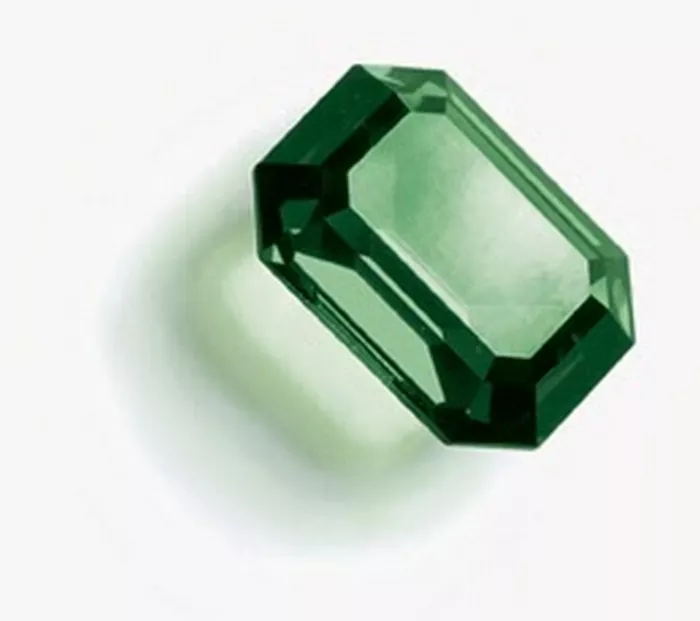Emeralds, with their captivating green hue and rich history, have long been revered as one of the most precious gemstones in the world. However, their rarity adds another layer of allure to these stunning gems. In this article, we delve deep into the world of emeralds, discussing their rarity, value factors, historical significance, market trends, identification methods, and care tips.
Explanation of Rarity
Emeralds are renowned for their rarity, stemming from the geological conditions required for their formation. Unlike diamonds, which are primarily carbon-based, emeralds belong to the beryl family and derive their green color from trace amounts of chromium and vanadium. The formation of emeralds involves a unique set of circumstances, including the presence of beryllium, aluminum, silicon, and oxygen, along with specific geological events such as hydrothermal activity and metamorphism.
The rarity of emeralds is further accentuated by their inclusions, known as “jardin” or garden in French, which are characteristic features of natural emeralds. These internal flaws, while affecting clarity, also contribute to the gem’s identity and authenticity.
Comparison with Other Gemstones
When compared to other gemstones like diamonds, emeralds exhibit a significantly higher level of rarity. While diamonds are found in various locations globally and can be synthetically produced, natural emerald deposits are limited to specific regions with the ideal geological conditions for their formation. This scarcity enhances the desirability and value of emeralds in the gemstone market.
Factors Affecting Value
Several factors influence the value of emeralds, making each gem unique and highly sought after by collectors and enthusiasts. The primary value determinants include:
Color: The most prized emeralds display a vivid, saturated green color with excellent transparency. The presence of chromium and vanadium determines the intensity and hue of the green, with hues ranging from bluish-green to yellowish-green.
Clarity: While emeralds often contain inclusions, the clarity of the gemstone impacts its value. Stones with fewer visible flaws and a balanced distribution of inclusions are considered more valuable.
Origin: Emeralds from renowned sources such as Colombia, Zambia, Brazil, and Afghanistan command higher prices due to their exceptional quality and historical significance.
Size: Larger emeralds are rarer than smaller ones, leading to higher prices per carat for larger specimens.
Emerald Sources
The primary sources of emeralds worldwide are concentrated in specific geological regions renowned for their gemstone deposits:
Colombia: Known for producing some of the finest emeralds, Colombian emerald mines yield gems with a deep, vibrant green color and exceptional clarity.
Zambia: Zambian emeralds are prized for their rich green color and relatively fewer inclusions compared to other sources.
Brazil: Brazilian emeralds are characterized by their bluish-green hues and are often found in association with other minerals such as quartz and mica.
Afghanistan: Afghan emeralds are esteemed for their intense green color and are typically found in rugged mountainous terrains.
Historical and Cultural Significance
Throughout history, emeralds have held immense cultural and historical significance. Ancient civilizations, including the Egyptians, Greeks, and Incas, revered emeralds for their association with fertility, rebirth, and prosperity. Cleopatra famously adorned herself with emeralds, believing they symbolized eternal youth and vitality.
In various cultures, emeralds were believed to possess mystical properties, offering protection and healing powers to their wearers. These cultural beliefs and historical connections contribute to the enduring appeal and perceived rarity of emeralds.
Market Trends
The market for emeralds is dynamic, influenced by factors such as supply chain dynamics, geopolitical events, and consumer preferences. Currently, the market trends for emeralds include:
Price Ranges: Prices for emeralds vary widely based on quality, origin, and market demand. Fine Colombian emeralds can fetch prices ranging from thousands to tens of thousands of dollars per carat, while smaller or lower-quality stones may be more affordable.
Demand: The demand for emeralds remains strong among collectors, investors, and jewelry enthusiasts, particularly for rare, high-quality specimens.
Ethical Sourcing: Ethical and sustainable sourcing practices are increasingly important in the emerald market, with consumers seeking transparency and assurance regarding the origins of their gemstones.
Identification of Authenticity
To ensure the authenticity of emeralds and distinguish them from synthetic or treated stones, several identification methods are employed:
Gemological Testing: Gemologists use advanced testing techniques such as spectroscopy, microscopy, and chemical analysis to examine the physical and chemical properties of emeralds.
Certification: Reputable gemological laboratories issue certificates verifying the authenticity, quality, and origin of emeralds, providing confidence to buyers and sellers.
Consulting Experts: Consulting with experienced gemologists or reputable jewelers can help individuals authenticate emeralds and make informed purchasing decisions.
Care and Maintenance
Proper care and maintenance are essential to preserve the quality and beauty of emeralds over time. Some tips for caring for emeralds include:
Avoiding Harsh Chemicals: Keep emeralds away from harsh chemicals, including household cleaners and perfumes, as they can damage the gemstone.
Gentle Cleaning: Clean emeralds with a soft, damp cloth and mild soap, avoiding abrasive materials that can scratch the surface.
Storage: Store emerald jewelry separately from other pieces to prevent scratching, and consider using a jewelry box with compartments or soft pouches.
Regular Inspections: Periodically inspect emerald jewelry for loose settings or damage, and have them professionally cleaned and serviced as needed.
In conclusion, emeralds stand out not only for their captivating beauty but also for their rarity, historical significance, and enduring allure in the gemstone market. Understanding the factors that contribute to their rarity and value, along with proper care and identification methods, allows enthusiasts to appreciate and cherish these exquisite gemstones for generations to come.


